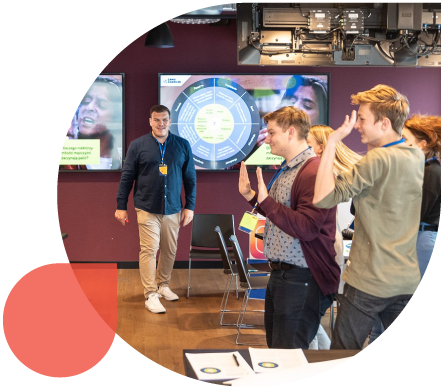
Combatting Toxic Narratives
‘If you want to throw away old paradigms it is an absolute necessity to present a convincing alternative.’ – George Lakoff
Fake news, disinformation, alternative facts, and divisive communication strategies all erode trust. One of the most serious issues is that people have limited access to accurate and truthful information from trustworthy sources, especially in a world where social media sites are a major source of both information and misinformation. In addition, state and non-state actors are using the democratised information ecosystem to spread polarising and radical messages and propaganda. With the advent of social media and big data, it appears that these narratives are determining which visions of the future win out and capture the public imagination. In the anarchy of online information, getting informed means navigating in a world without a map or a compass.
Journalists and civil society communicators are at the forefront of the fight to distinguish between the truth and false and harmful stories and narratives. They are the ones who, armed with facts, debunk false stories while presenting evidence under time and resource constraints. However, in a battle of hearts and minds, simply stating facts is insufficient.
In this course, we will look at how disinformation is spread, the various techniques used, and the impact on modern democracies. We arm you with the knowledge you need to combat disinformation by understanding how and why it is spread. Using this new found knowledge, we empower you to re-establish trust with your audience and equip you to counter radicalisation and disinformation.
Benefits:
This course is perfect for:
Outline:
This training is customised to meet your specific needs as well as the needs of your organisation. During the completion of these modules you will craft a powerful alternate narrative that is focused on your specific topic.